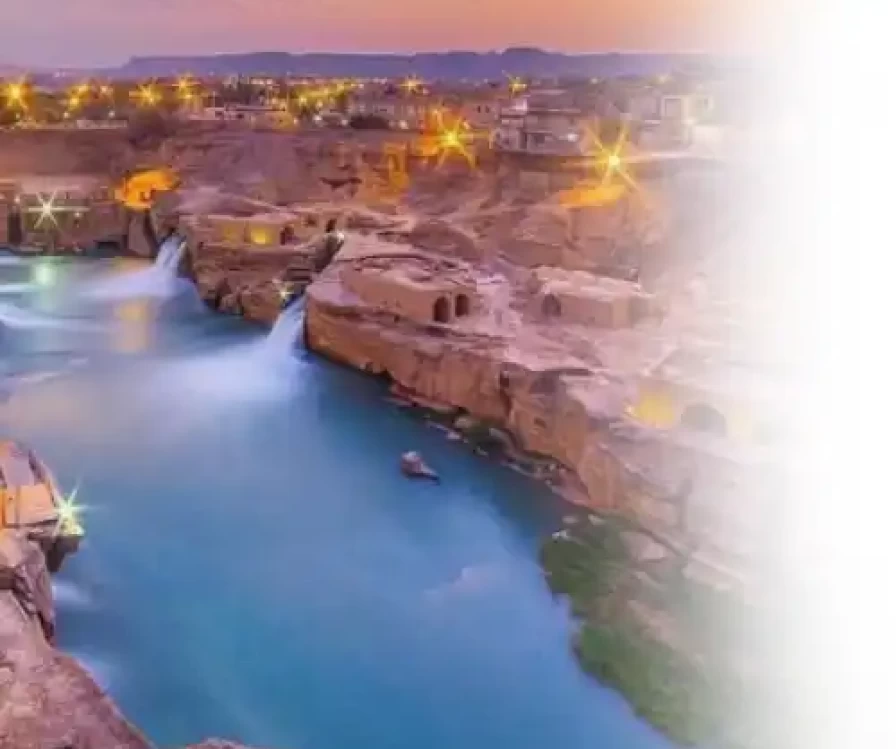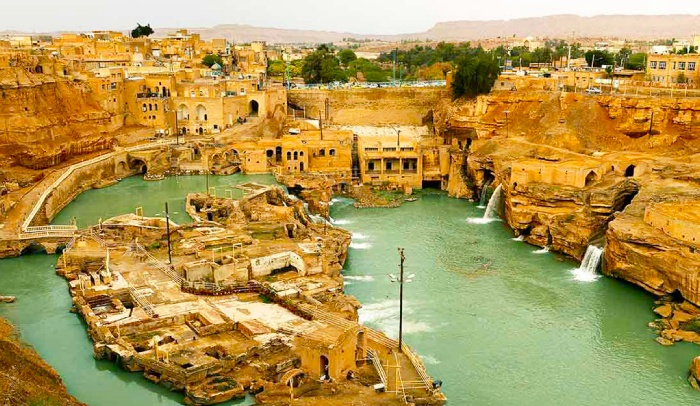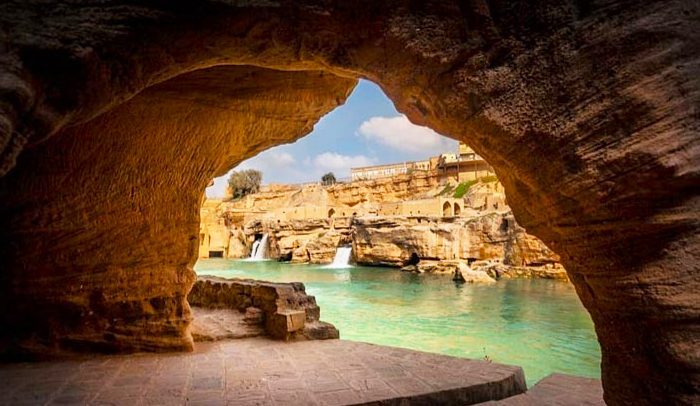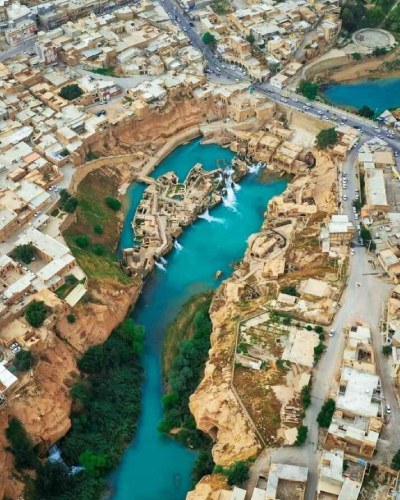
Water System of Shushtar





Historical Water System of Shushtar
The historical water structures of Shushtar are an interconnected collection of 13 historical waterworks, including bridges, dams, mills, waterfalls, and extensive canals and tunnels that form a unified hydraulic system. Built during the Achaemenid to Sassanid periods for water control and optimal utilization of the region's water resources, some parts of this system remain operational today. It is recognized as the largest industrial complex before the Industrial Revolution and has been referred to by the renowned French archaeologist Madame Jean Delafoy.
This system includes 13 historical sites listed as a UNESCO World Heritage Site under the title "Historical Water System of Shushtar." These 13 historical water structures are registered in the UNESCO World Heritage list.

Iran is fundamentally recognized as a warm and dry land in the central plateau, where water scarcity and drought have always been significant characteristics. It is said that during the Achaemenid era and even in the time of Cyrus the Great, there was a minister responsible for water and qanats. This highlights the importance of water and prosperity in Iran. Considering Iran's historical background, it is evident how our ancestors endeavored to cultivate and make the best use of the limited water available from rivers and groundwater. Historically, it can be inferred that Mother Nature was kinder to this thirsty land in ancient times, where water resources were so abundant and overflowing that controlling this unruly force required significant engineering efforts. Not only skilled engineers and designers were involved in constructing these structures, but sometimes foreign experts were also invited to create structures that are still rare today. These structures were built with such expertise that many remain remarkably intact and functional even today. The historical water structures of Shushtar are among these remarkable constructions.
Among the travelers who have visited Iran and documented their journeys, Ibn Battuta stands out as a notable figure. He met with many scholars in this region and praised their knowledge. He referred to Shushtar as "Tooster" or "Taster" and often admired the grandeur of its bridges. The historical water structures of Shushtar are recognized as one of the most significant and beautiful hydraulic structures in Iran, making it essential for every tourist to visit. The magnificence of these structures is such that they continue to amaze every visitor even today. As tourism specialists and part of the Thna Persian team, sanapersian hope to host you soon in Iran, Khuzestan Province, and Shushtar, sharing a glimpse of the historical and unique past of this land with you.
Contact Us
+989054577261